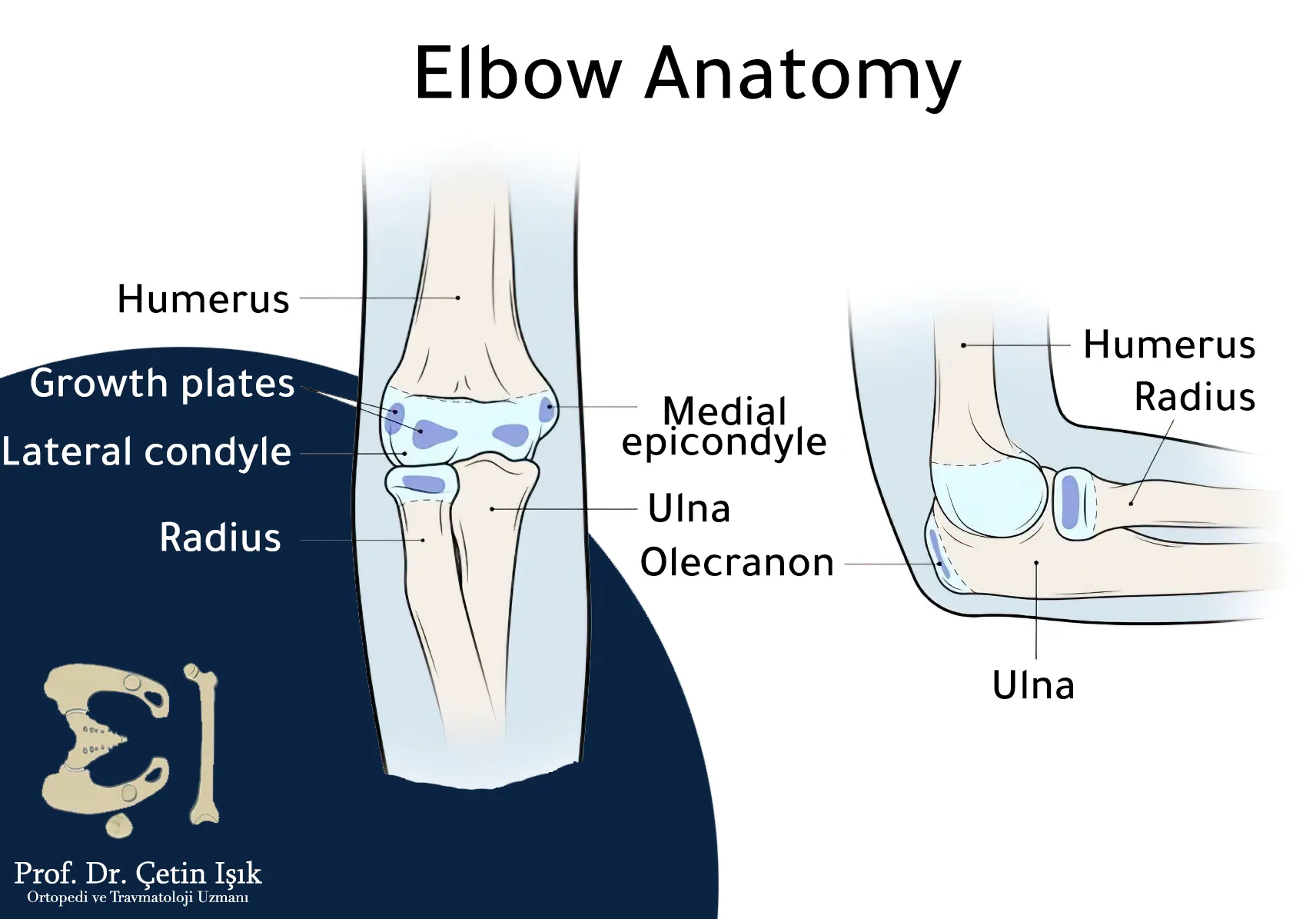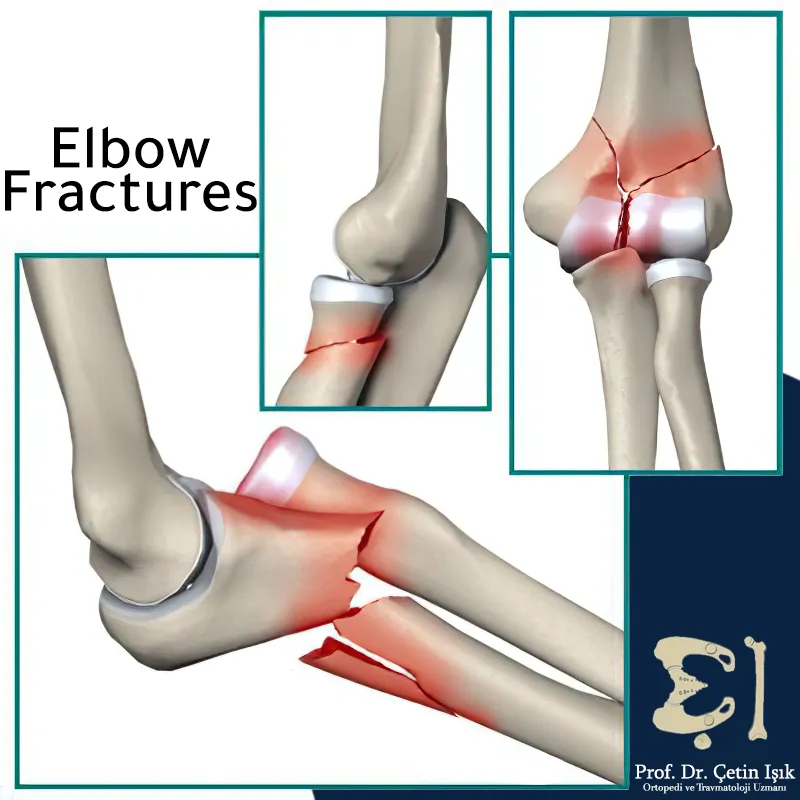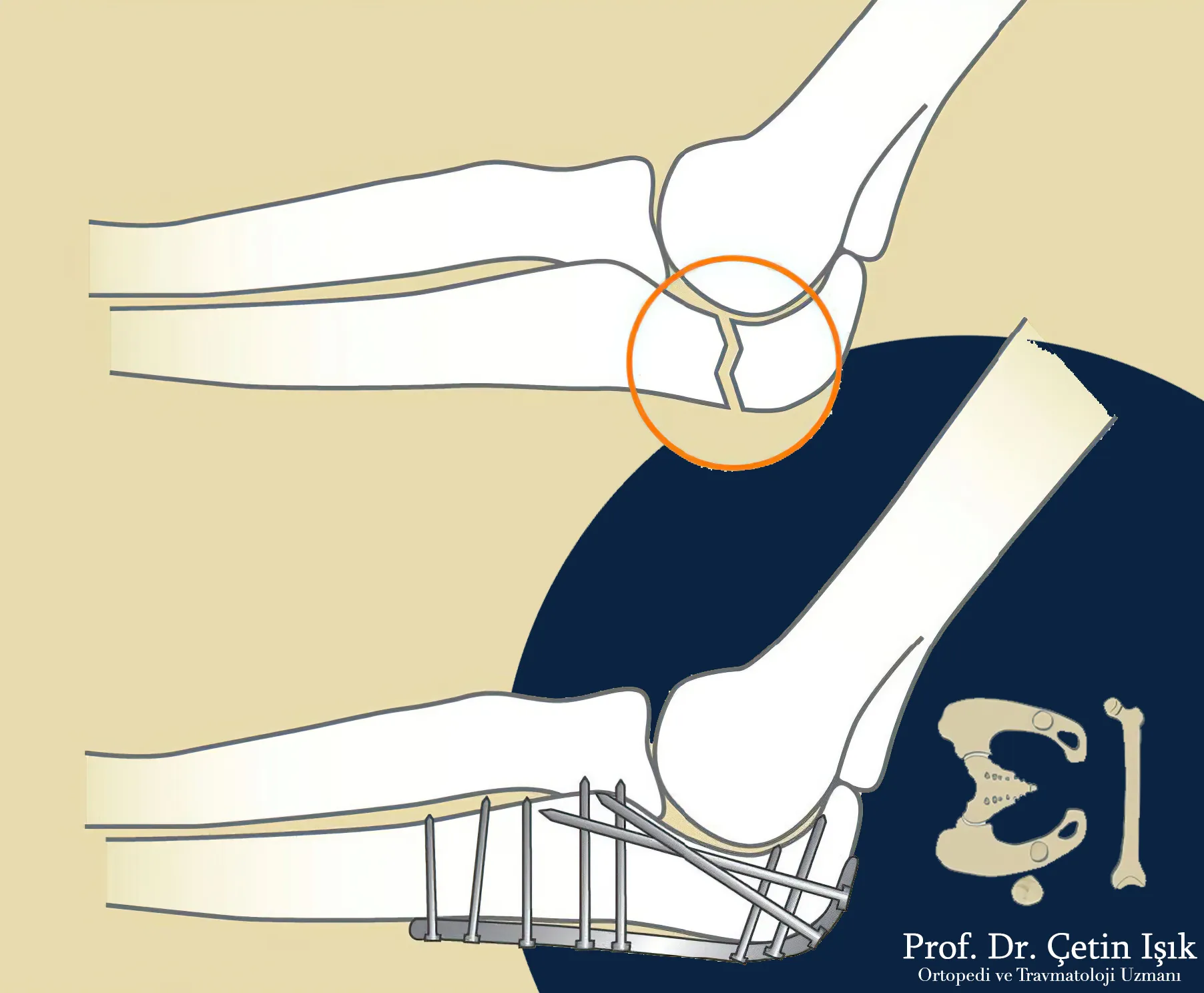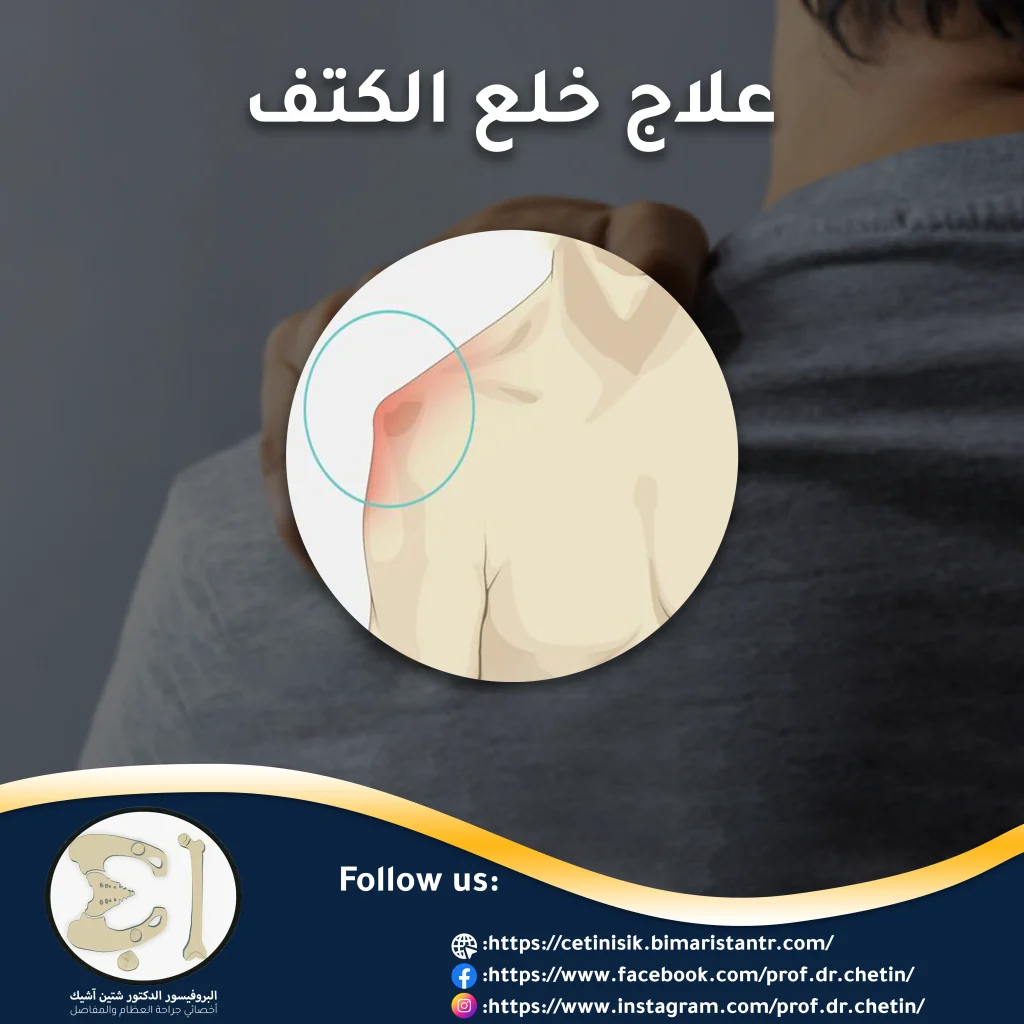Elbow or elbow joint fractures are common bone fractures that cause pain and swelling. Early diagnosis and treatment help prevent complications that affect a patient's quality of life.
You can break a bone anywhere in the body. But elbow or elbow fractures are among the most frequent fractures among children and adults as a result of the vital use of the arm and the joint in everything we do, or even when exposed to an accident or direct fall, we resort to sheltering in the arm. Continue reading this article with us to learn about elbow fractures, the most common types, accompanying symptoms, and methods of different treatments.
Profile of elbow fractures
The elbow joint consists of the lower end of the humerus bone (the lateral condyle and the medial condyle) in the upper arm and the radius and ulna bones in the forearm, whose bony joints fit together, allowing movement of the joint as well as restraining hyper pronation of the forearm.

Elbow fractures occurred when the forces applied to the bone are too strong to bear and thus either crack or split into two or more pieces depending on the intensity of the force, causing broken attachment Severe pain and weakens the ability to move the arm.
Types of elbow fractures
There are many types of elbow fractures, and the following are the most common elbow fractures:
Distal humerus fracture: It is the bone that connects the elbow to the shoulder joint and meets the ulna and radius bones just above the elbow. It is the least common of the types, but it can occur when exposed to a shock or falling on a bent elbow.
Fracture of the olecranon process of the ulna: The bony protrusion protrudes from the elbow and forms part of the ulna bone. It is considered the most common among fractures because it is not protected by soft tissues such as tendons, muscles, or ligaments.
Fracture of the head of the radius bone: which can easily occur with dislocation of the elbow joint (when the elbow joints separate and exit from the joint socket), and is also common when using the hands to protect against falls.

Risk factors for elbow fracture
Factors that increase the risk of elbow fractures include:
- Osteoporosis; Osteoporosis patients are more prone to bone fractures
- Menopause in women, when bone density decreases and the body is exposed to a loss of minerals
- Older adults are more prone to fractures
- Participation in sports that involve impacts in the area of the arm or falls, such as football, wrestling or gymnastics
Causes of elbow fracture
An elbow fracture is caused by a combination of injuries or activities, including:
- Severe fall on the elbow
- A direct blow to the elbow
- Falling on an outstretched arm with the elbow fixed as a reaction against the fall, and in this case, is accompanied by injuries to the ligaments around the patient’s elbow
Symptoms of elbow fractures
Elbow fractures can cause a number of symptoms and signs that confirm the occurrence of the injury, such as:
- Hearing a crackling or popping sound when injured
- Sharp and severe pain when moving the elbow joint
- Swelling in the elbow or forearm
- Obvious deformity of the elbow and arm
- Elbow stiffness and difficulty moving or flexing and extending the arm normally
- Numbness or tingling or weakness in the hand and fingers
- Bruises and a feeling of heat in the elbow or the area around it
Diagnosis of elbow fractures
The doctor often begins with a physical examination to diagnose an elbow fracture and evaluates the arm for swelling or bruising. If the bone protrudes through the skin, it must be treated as an emergency.
During the examination, the doctor determines the location and severity of the pain and asks the patient to bend the arm to check for damage to the ligaments as well.
To confirm the diagnosis, the doctor will order an x-ray of the elbow joint to check for damage to nerves and blood vessels using one of the following imaging techniques:
- X-rays: This is the primary method for diagnosing an elbow fracture and can also help determine if the arm bones are healing in the correct position.
- Computed tomography: helps the doctor determine the presence of a fracture or separation of bones from each other
- MRI: It is more sensitive than X-rays, as it detects small fractures before they get worse
- Bone scan: It is a painless imaging method that uses a radioactive substance to evaluate the bone and determine the cause of pain or inflammation.
Treatment of elbow fractures
treatment of Elbow joint fractures Depends on the severity of the fracture and its condition, as it is possible for fractures to form undisplaced (the bones do not move out of position) or displaced, in which separate bone fragments are formed that cause the bones to move from their place.
Non-surgical treatment of elbow fractures
Non-displaced elbow fractures can be treated with conservative measures. like:
- Apply ice packs to the broken elbow bone to reduce swelling
- Elevating the arm, as it prevents excessive pressure from affecting the vessels and nerves and reduces swelling
- Immobilization of the fracture with an arm sling during fracture healing or by splinting
- Manage pain with anti-inflammatories and pain relievers such as naproxen and ibuprofen
- Undergo physical therapy and adhere to a set of elbow-specific exercises under the supervision of a physical therapist
Surgical treatment of elbow fractures
The doctor resorts to surgical management of elbow fractures in case they are displaced or open, and there are several surgical methods used, and the optimal type is determined for each case, including the following:
Internal fixation of the fracture
It is an open surgical procedure that aims to put the bones back in place using specialized devices including screws or metal plates. To ensure proper healing, the patient may need additional procedures to repair soft tissues such as ligaments and tendons.

Elbow replacement surgery
To treat severe damage caused by an elbow fracture, the surgeon resorts to an operation Elbow joint replacement As it removes damaged bone and surrounding tissue with prostheses, a total elbow replacement enables the patient to restore movement and eliminate pain.
Rapid management of elbow fractures in children is essential as their bones are still developing and waiting too long can cause misalignment of the bone and permanent damage to the child's joint.
Complications of elbow fractures
Some patients may experience long-term complications of an elbow fracture despite successful treatment; like:
- Elbow stiffness and partial loss of movement: In some cases, the patient is not able to regain full movement of the joint, but it is worth noting that the loss of a few degrees of straightness does not usually affect the function of the motor arm.
- Post-traumatic arthritis: It is a type of arthritis that develops after an injury, where the cartilage is damaged despite the normal healing of the bone, causing pain and stiffness over time.
Prevention of fracture of the elbow joint
Not all types of elbow joint fractures can be prevented, but there are steps and preventive measures that can be taken to reduce the risk of injury; include:
- Maintain fitness and agility by exercising regularly
- Wear protective clothing during sports activities
- Follow the practice instructions for each sport according to its own techniques
- Taking care of bone health by eating healthy food to cover the body's need for calcium and vitamins
In the end, elbow fractures can be considered as one of the important bone fractures that require immediate attention for the vitality of the elbow joint and cause permanent harm if treatment is neglected, between self-care such as wearing a splint to hold the elbow in place during recovery, practicing special exercises, and even open surgery or total replacement, depending on the severity of the bone fracture. and his type.
Sources:
Common questions
The danger resulting from a fracture in the elbow joint due to its potential complications that result in permanent damage to the elbow limit the movement of the joint.
An elbow fracture can be identified by its symptoms such as pain, stiffness, swelling, inability to extend the arm or feeling pain during that, and to confirm the injury, we resort to x-rays of the elbow.
An elbow fracture needs to recover after the injury for about three to six weeks, and the period also varies depending on the condition of the fracture, the health of the injured person, and the method of treatment used. It is normal for the elbow area to become more sensitive during that period.
The arm and hand return to function about 2 months after the injury and regain full movement after 3 months.




